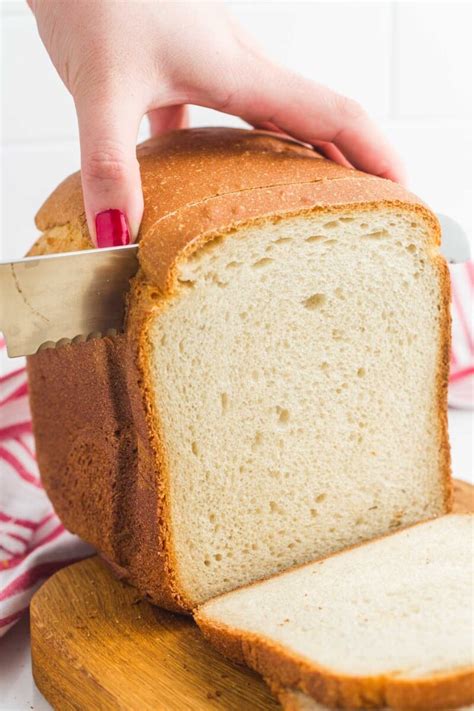The Ultimate Bread Maker Recipe Guide: From Beginner to Bread-Baking Boss
Are you ready to ditch the store-bought loaves and embark on a delicious journey of homemade bread? With a bread maker, creating perfect loaves is easier than you think! This guide provides the ultimate recipe and tips to help you become a bread-baking pro, no matter your skill level.
Mastering the Basic Bread Maker Recipe: A Step-by-Step Guide
This recipe is designed for a standard 1.5-2 lb bread maker. Adjust ingredient quantities proportionally for different machine sizes.
Ingredients:
- 1 ½ cups warm water (105-115°F) - Temperature is crucial! Too hot will kill the yeast, too cold will hinder rising.
- 1 ½ teaspoons salt - Salt controls yeast activity. Don't skip this!
- 2 tablespoons sugar - Sugar feeds the yeast. Provides flavour and helps with browning.
- 2 tablespoons olive oil (or vegetable oil) - Adds moisture and flavour. Experiment with other oils for different tastes.
- 2 ¼ teaspoons active dry yeast - The heart of the bread! Check expiration date for best results.
- 3 cups all-purpose flour - The base of your bread. You can experiment with different types later.
Instructions:
- Prepare your bread maker: Ensure your machine is clean and ready to go.
- Add the liquids: Pour the warm water and oil into the bread pan.
- Add the dry ingredients: Add the flour, salt, sugar, and yeast to the pan. Important: Make sure the yeast is not in direct contact with the salt.
- Select the setting: Choose the basic white bread setting on your bread maker. This typically takes around 3 hours.
- Let it bake: Press start and let your bread maker do its magic!
- Enjoy! Once the baking cycle is complete, carefully remove your loaf from the pan and let it cool completely before slicing and serving.
Tips for Bread-Making Success:
- Fresh Ingredients: Use fresh ingredients for the best results. Old yeast can lead to a flat loaf.
- Proper Measuring: Accurate measurements are key in baking. Use a kitchen scale for precise results.
- Yeast Activation: For extra assurance, you can proof your yeast before adding it to the bread maker. Simply dissolve it in warm water with a pinch of sugar and let it foam.
- Experiment with Flavors: Once you've mastered the basic recipe, try adding seeds, nuts, herbs, or dried fruits for a unique twist. Consider whole wheat flour or other types of flour to diversify your bread choices.
- Troubleshooting: If your bread is dense, it might be due to insufficient yeast or not enough kneading. If it’s gummy, it could be from too much water.
Beyond the Basics: Exploring Different Bread Types
Your bread maker isn’t limited to just basic white bread! Experiment with different recipes to create a variety of loaves:
Whole Wheat Bread:
Substitute a portion (or all) of the all-purpose flour with whole wheat flour. Whole wheat bread is denser and nuttier.
Sourdough Bread:
While requiring a sourdough starter, the bread maker can simplify the process.
Conclusion: Your Bread-Making Adventure Begins Now!
Baking bread at home is a rewarding experience, and with a bread maker, it's more accessible than ever. Start with this basic recipe, master the techniques, and then let your creativity run wild! Enjoy the delicious aroma and satisfying taste of freshly baked bread – straight from your own kitchen.
